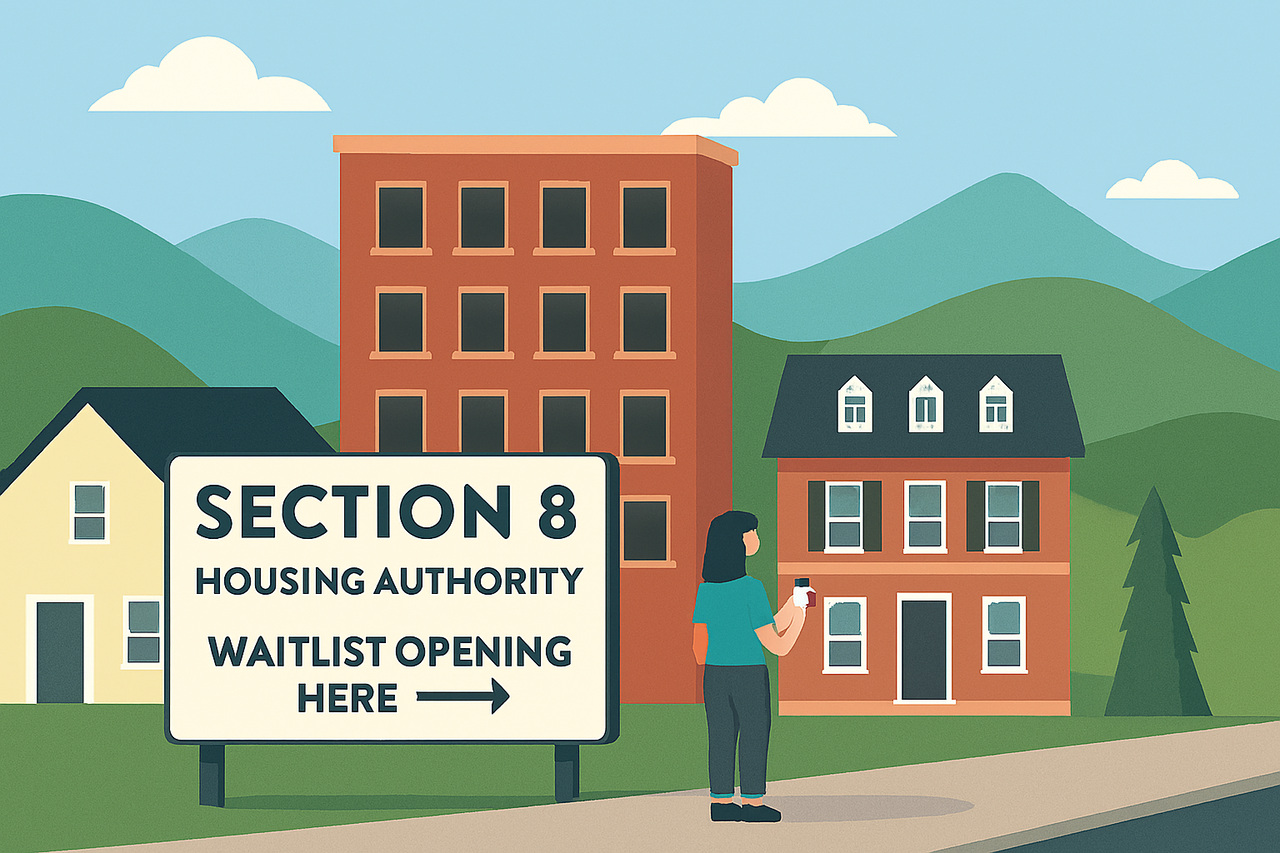Section 8, formally known as the Housing Choice Voucher Program, helps low-income individuals and families afford safe, stable housing in the private market. The program doesn’t assign units directly. Instead, it subsidizes rent payments, allowing recipients to choose where they live, provided the landlord accepts vouchers and the unit meets program standards.
Waitlists for Section 8 are often closed for years at a time. When they do open, the window can be brief; sometimes just a few days. That’s why staying informed and acting quickly matters.
Cities Where Waitlists Are Opening
Recent updates from housing authorities show movement in several regions. While not every list is open right now, a number of cities have announced upcoming openings or limited-time application windows.
In Atlanta, the Housing Authority of Fulton County has reopened its waitlist for select voucher programs. Applicants must meet income guidelines and residency requirements, but the list is open to both individuals and families.
Cleveland recently announced a short application period for its Housing Choice Voucher Program. The city is prioritizing applicants who are elderly, disabled, or facing eviction. Applications are accepted online, and the portal will close once a set number of submissions are received.
San Antonio is preparing to reopen its waitlist later this fall. The housing authority has encouraged residents to pre-register for alerts and gather necessary documentation in advance. While the exact date hasn’t been confirmed, early preparation may improve your chances.
In Sacramento, the housing authority has launched a lottery-based system. Instead of a traditional waitlist, applicants are randomly selected from a pool. This approach is designed to reduce long-term backlog and give all applicants an equal shot, regardless of submission time.
Birmingham, Buffalo, and Tucson have also signaled upcoming openings. Each city has its own process, and some require in-person registration or verification through local agencies. Checking the housing authority’s website or calling directly may reveal details not yet posted publicly.
How to Prepare
Getting onto a Section 8 waitlist isn’t just about filling out a form. Timing matters, but so does preparation. Many applicants lose their spot or face delays simply because they didn’t have the right documents ready or misunderstood the process. While the application itself may seem straightforward, the steps leading up to it can make or break your chances.
Below is a breakdown of what you can do now to prepare.
- Keep your contact information current – After applying, housing authorities may reach out for follow-up or verification. If your phone number or email changes, update it immediately. Missed messages can result in losing your place on the list.
- Gather essential documents early – Most housing authorities require proof of income, identification for all household members, Social Security numbers, and current housing status. Some may also ask for documentation related to disability, eviction risk, or family composition. Having these ready in both physical and digital formats can save time and reduce stress.
- Create a digital folder for fast access – With many applications now submitted online, it helps to keep scanned copies of your documents organized in a single folder. Label each file clearly—such as “ID_JohnDoe” or “IncomeStatement_March”—so you can upload them quickly without confusion.
- Sign up for alerts from your local housing authority – Some cities offer email or SMS notifications when waitlists open. Others post updates only on their websites or social media pages. Subscribing to alerts or checking regularly can help you avoid missing short application windows.
- Reach out to local nonprofits or housing advocates A number of organizations assist with Section 8 applications, especially for seniors, non-native English speakers, or individuals with disabilities. These groups may offer workshops, one-on-one guidance, or translation services. Connecting with them early can give you an edge when the list opens.
- Review eligibility guidelines in advance – Income limits, household size, and residency requirements vary by city. Reading through the criteria before applying can help you avoid disqualification. If something is unclear, contact the housing authority directly or ask a local support organization for clarification.
- Prepare for high traffic and limited windows – When a waitlist opens, application portals may experience heavy traffic. Pages can load slowly or crash temporarily. Logging in early and having everything ready can help you submit without delay. Some cities also cap the number of applications they accept, so speed matters.
What to Expect After Applying
Getting on the waitlist doesn’t guarantee immediate assistance. In many cities, the list itself is long, and movement can be slow. Still, being on the list is better than being outside the system entirely.
Once accepted, you may receive periodic updates or requests for additional documentation. Responding quickly and keeping your contact information current is essential. If the housing authority can’t reach you, your spot may be forfeited.
Some applicants are selected for project-based vouchers, which are tied to specific units. Others receive tenant-based vouchers, which allow more flexibility in choosing where to live. Both options offer rent subsidies, but the process and timeline differ.
Alternatives While You Wait
While Section 8 remains the most well-known voucher program, other options may be available while you wait. State-level rental assistance programs, emergency housing grants, and nonprofit housing initiatives can provide short-term relief.
A few cities also offer transitional housing or rapid rehousing programs for individuals facing eviction or homelessness. These programs may not offer the same long-term support as Section 8, but they can help stabilize your situation while you wait for a voucher.
Section 8 waitlists don’t open often, and when they do, the window can be narrow. Staying informed, preparing early, and acting quickly may improve your chances of securing housing support. While the process isn’t fast, it remains one of the most effective tools for long-term housing stability.


Leave a Reply